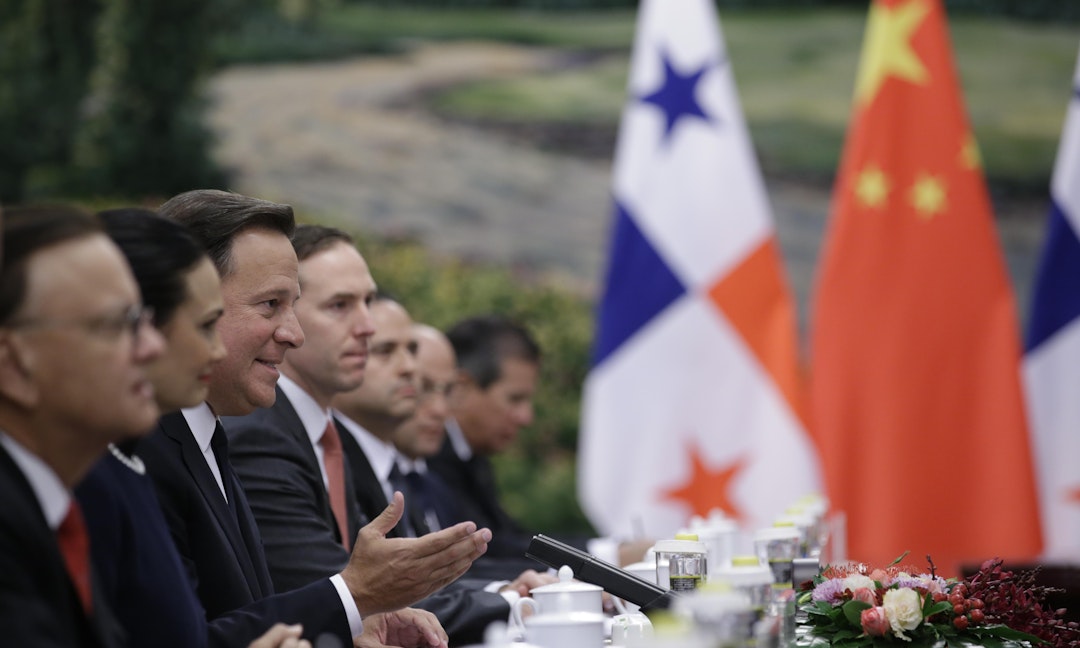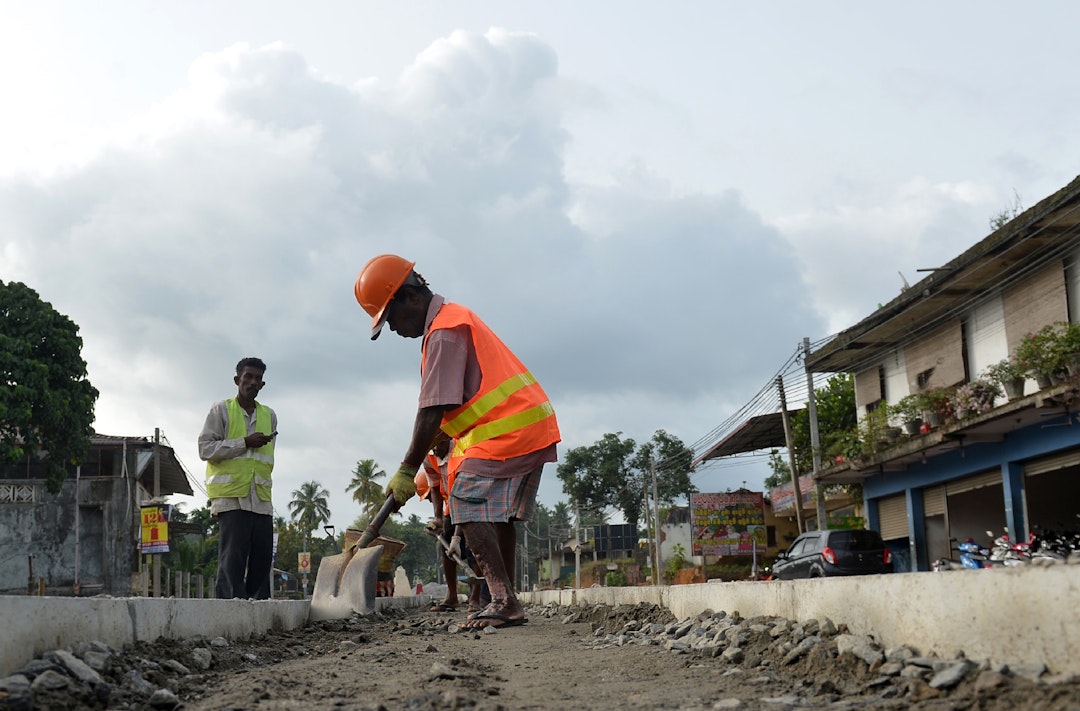
In early March 2023, General Laura Richardson, head of the United States Southern Command, told a U.S. congressional hearing that Chinese actions in South America posed a threat to U.S. safety. According to General Richardson, China is on a relentless march to replace the United States as the leader in the region.
While China’s presence in the region has grown substantially in the past decade, it is unlikely that China will replace the U.S. as the dominant political, economic, and military power in Latin America for the foreseeable future.
On the economic front, China has made inroads into South America and the Caribbean, a region where U.S. power once went unchallenged. Starting in the late 1990s, Chinese interest in South America and the Caribbean began to grow. In order to sustain its unprecedented economic growth China began to search the globe for oil and other raw materials. In 2000, Chinese trade with the region totalled US$12 billion, reaching US$314.8 billion in 2021. In 2023, China is the largest trading partner of nine countries in the region: Argentina, Brazil, Bolivia, Cuba, Chile, Peru, Paraguay, Uruguay, and Venezuela.
While the growth in trade between China and the region is impressive, the U.S. remains Latin America and the Caribbean’s largest trading partner. In 2020, U.S. trade with the region was US$758.2 billion. But 71% of this trade was with Mexico. In 2021, Chinese foreign direct investment in the region totaled US$130 billion.
Before the Covid-19 pandemic, China was the biggest lender to the region, with Chinese development banks having issued US$66.5 billion in loans — mostly for infrastructure projects that offer Chinese companies better access to the region’s rich natural resources. A small portion of these loans were provided under China’s Belt and Road Initiative (BRI).

While China’s economic footprint in the region has increased significantly, the U.S. and the European Union remain the largest foreign investors, accounting for 36% and 34% of total investment respectively. As China faces an economic slowdown due to the Covid-19 pandemic, Chinese loans have dried up. When countries in the region fall into financial crisis, Western institutions such as the International Monetary Fund have provided the lion’s share of structural adjustment loans, not China.
The extent to which China’s economic gains in the region have resulted in political and diplomatic influence is unclear. While China has been Brazil’s largest trading partner for over a decade, tensions have arisen under both left- and right-wing Brazilian governments. In Panama, after relentless U.S. pressure, several multibillion dollar infrastructure contracts initially awarded to Chinese companies were cancelled and given to South Korean and Japanese companies.
During her testimony to Congress, General Richardson also warned that China has increased its support for anti-U.S. regimes in the region including Venezuela, Cuba, and Nicaragua. But with the exception of Venezuela, Chinese investment and trade with these countries is minimal compared with its presence in most other countries in the region. In the cases of Cuba and Nicaragua, their desperate economic situation and U.S. sanctions render them less attractive to China.
In the defense and security sector, China has made modest inroads into the region. While the number of South American and Caribbean military and security officers going to China for training has increased, the U.S. remains the primary destination for training thousands of officers from the region. The U.S. has dozens of bases and other installations throughout the region and is the region’s ultimate guarantor of security.
While the power of the U.S. in the region remains solid, challenges on the economic front are increasing. No other power — not even the Soviet Union — has been able to challenge U.S. economic dominance of the region. Apart from in Cuba, Soviet trade and aid to the region was negligible and its diplomatic influence limited. While most countries in the region want to maintain close ties with the U.S., they also want the benefits of China’s massive trade and investment flows.
On the eve of the pandemic, total trade between China and Latin America had hit US$314.8 billion. Chinese foreign direct investment in Latin America was about US$130 billion and net development lending by the China Development Bank and Export–Import Bank of China was about US$66.5 billion. Taking 2000 as the baseline, the figures in all three categories have grown exponentially.
While trade and FDI inflows dipped slightly during the pandemic, Chinese development lending to the region dropped to zero in 2020. With just two years of operation in Latin America and the Caribbean, the BRI accounts for only a few million of the US$43.5 billion disbursed to the region by Chinese policy banks between 2015 and 2019.
China’s growing presence and rising economic importance to the global south should be expected. But China was able to build such a strong presence in Latin America and the Caribbean in large part due to U.S. neglect of the region. The U.S. can no longer take the region for granted. Perhaps Washington should start treating Latin America as its front yard rather than its backyard.
Loro Horta is a diplomat and scholar from Timor-Leste. He has served as Timor-Leste’s ambassador to Cuba and counselor at the Timor-Leste embassy in Beijing.
The News Lens has been authorized to republish this article from the East Asia Forum. East Asia Forum is a platform for analysis and research on politics, economics, business, law, security, international relations and society relevant to public policy, centered on the Asia Pacific region.
READ NEXT: Excessive Housing Speculation Is Weakening Taiwan’s Economy and Society
TNL Editor: Bryan Chou (@thenewslensintl)
If you enjoyed this article and want to receive more story updates in your news feed, please be sure to follow our Facebook.







